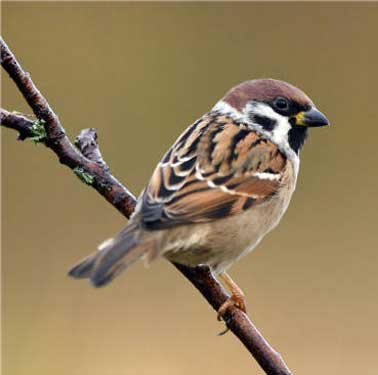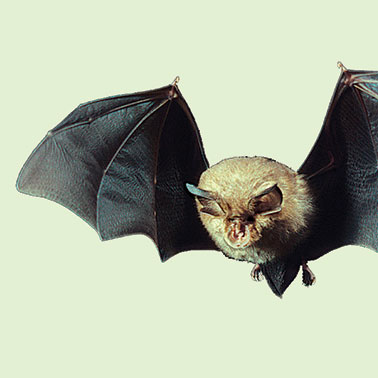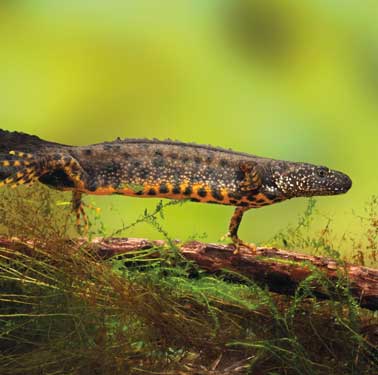A nature-led development
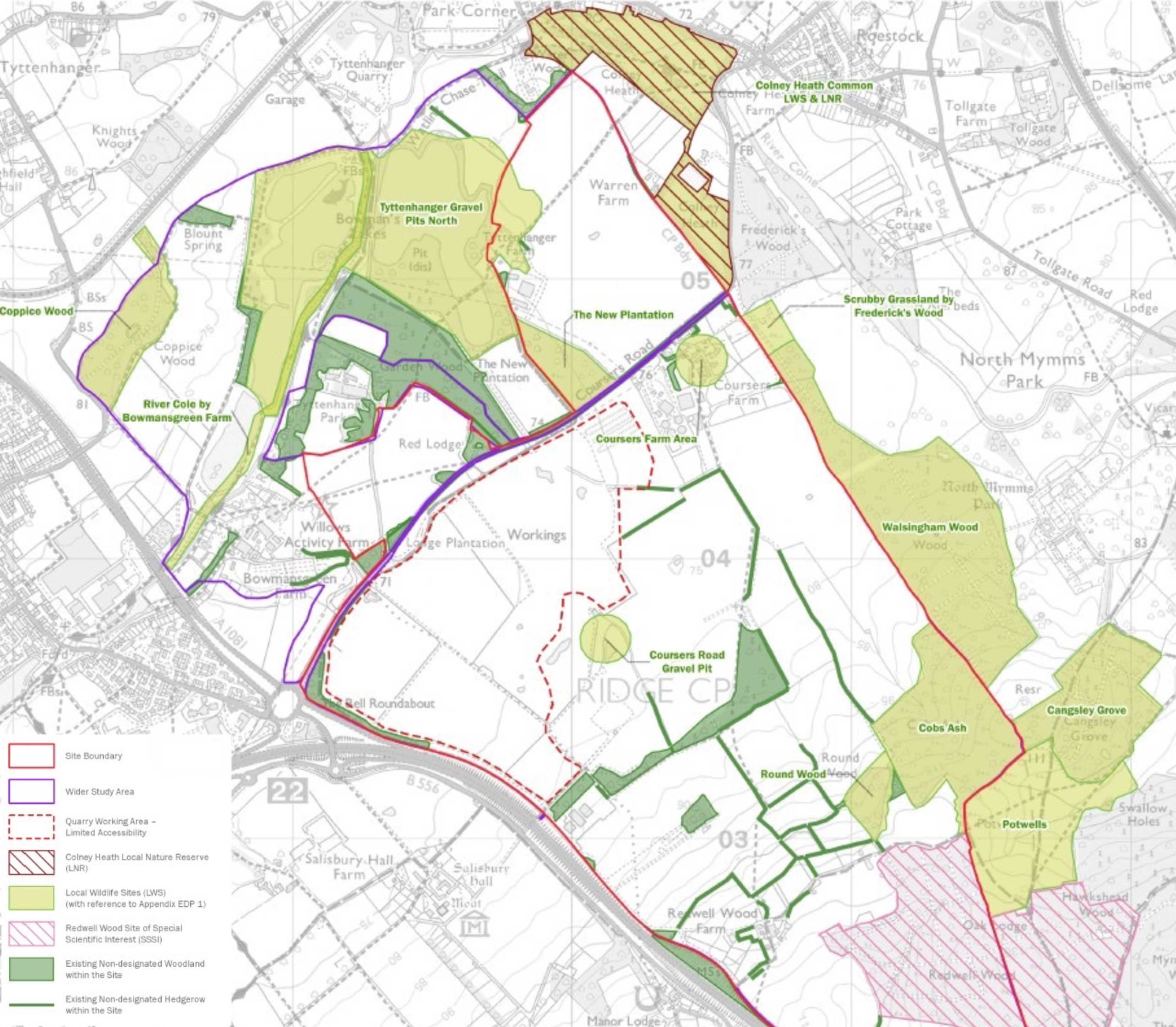
Key local sites for nature in and around the development are shown above. These have formed the starting point of the plans to ensure they are protected and enhanced.
Some core principles we have developed to support our work so far include:
Woodland:
All ancient seminatural woodland will be preserved and provided with at least a 30– 50m buffer. Newer woodland will have a minimum 20m buffer. Working with local partners, the detailed design of paths, information boards and features will encourage people away from the most sensitive habitats.
Hedgerows and trees:
The hedgerow and trees network will be strengthened with infill planting and managed for nature. Its veteran trees will be celebrated as focal points around the development.
Ponds, streams and ditches:
Many of the existing water features are in poor condition, frequently drying out and heavily overgrown. These will be enhanced and supported by a wider sustainable water management approach, which will see the existing stream reprofiled and planted to create a valuable wildlife corridor. Enhancement of the existing ditches will also create a network of blue (water) infrastructure, connecting across the wider area, providing both sustainable water management systems, and important wetland habitats for nature.
New woodlands
Watling Chase Community Forest
Alongside the existing woodland, the development would bring forward a major new tree planting programme as part of the Watling Chase Community Forest. With all they do for carbon reduction, nature and people, we have an aspiration to plant thousands of new trees within the lifetime of the development.
Trees being planted will be drawn from species already occurring in the local area. We will also look at species that are able to tolerate the changing climate, as well as support the absorption of carbon.
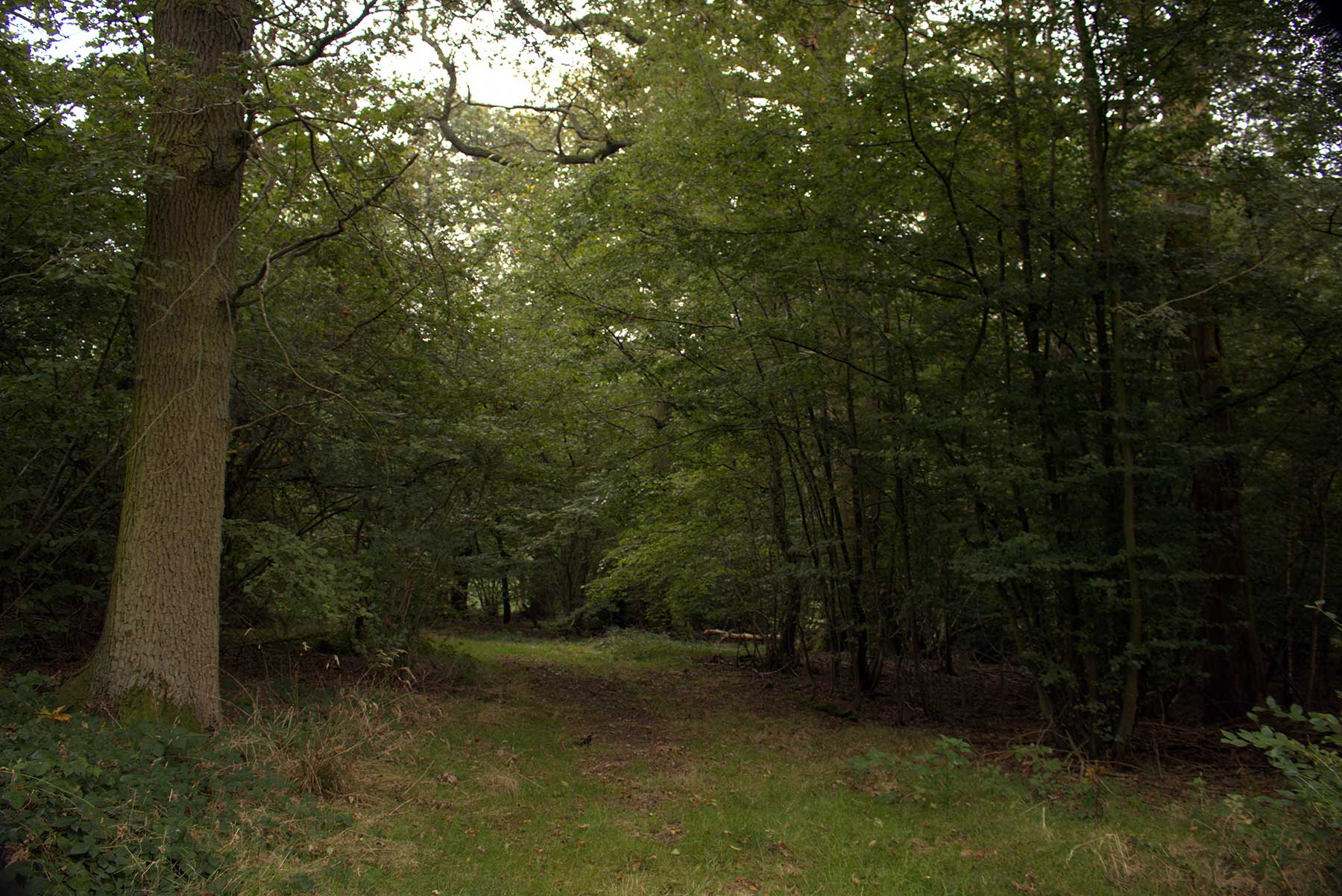
Redwell Wood
